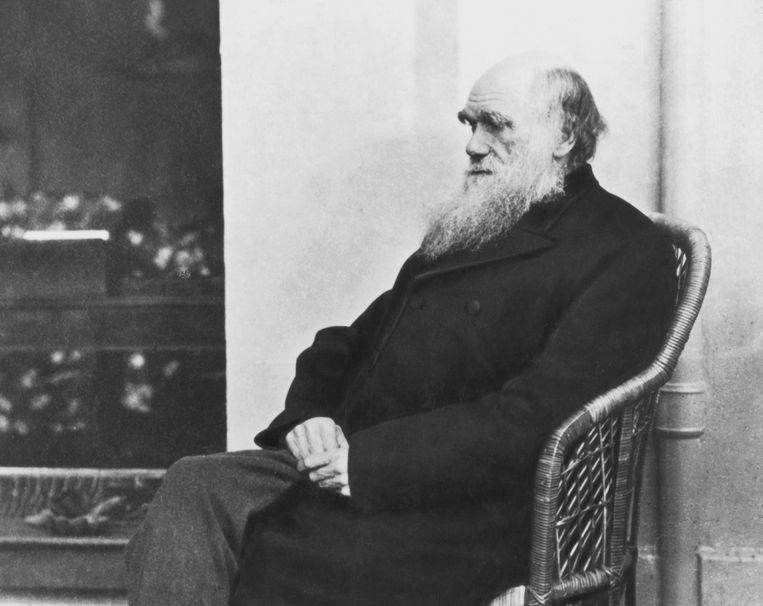Darwin's library was long thought to contain 1,480 books. This number now appears to be 7,350. It took British researchers more than eighteen years to complete the collection. The result was striking, because previous inventories seemed to comprise only 15 percent of the total volume.
The researchers published the catalog on darwin-online.org.uk. 240,000 pages of text can now be consulted there. Among them are unknown pages from the original manuscript of Darwin's famous book On the origin of speciesIn which he developed his theory of evolution in 1859. British researchers found seven pages that had not been described before, and three pages that had never been discovered.
This means that a total of 59 original pages of the book are known. The pages known so far are worth about $1 million.
different topics
There are many other curious objects in Darwin's collection. Such as a copy of a German magazine that featured the first photograph of a bacteria, but also an article about epileptic guinea pigs and an Elizabeth Gaskell novel that Darwin loved.
The new catalog shows that Darwin had books on a wide range of topics. In addition to biology, he was also interested in geology, philosophy, psychology, religion, agriculture, art, history, and travel.
Hans Mulder, curator of natural history collections at the Allard Pearson Artis Library in Amsterdam, is delighted with the discovery. “The great thing is not only that everything is now mapped out, but also that almost all of the posts can be digitized and everyone can refer to them. A great resource.”
Darwin's finches
Like the lead researcher, John van Wehe of the University of Singapore, Mulder was surprised that mapping Darwin's complete library had taken so long. “Darwin is one of the most researched people in the world. You might think you would only do this research before his entire collection was known. But it's nice that it's happening now.”
Mulder describes the collection, which also includes works in other languages, as “very eclectic.” This is no coincidence, he says: “I think that's the essence of someone being able to develop such a grand theory. This is only possible if you collect a lot of information, not just from your specific field, but more broadly. Only then will you be able to connect things, as Darwin did.
Darwin's famous “finches”, the brown and gray birds (actually buntings) that he collected in the Galapagos Islands, played a crucial role in his theory of evolution. Darwin showed that birds' beaks adapted to the different food supplies of each island. The essence of his theory of evolution. Some of the 31 birds are in the Leiden Museum Naturalis collection.

“Coffee buff. Twitter fanatic. Tv practitioner. Social media advocate. Pop culture ninja.”











More Stories
Which can cause an increase in nitrogen.
The Central State Real Estate Agency has no additional space to accommodate Ukrainians.
The oystercatcher, the “unlucky national bird,” is increasingly breeding on rooftops.